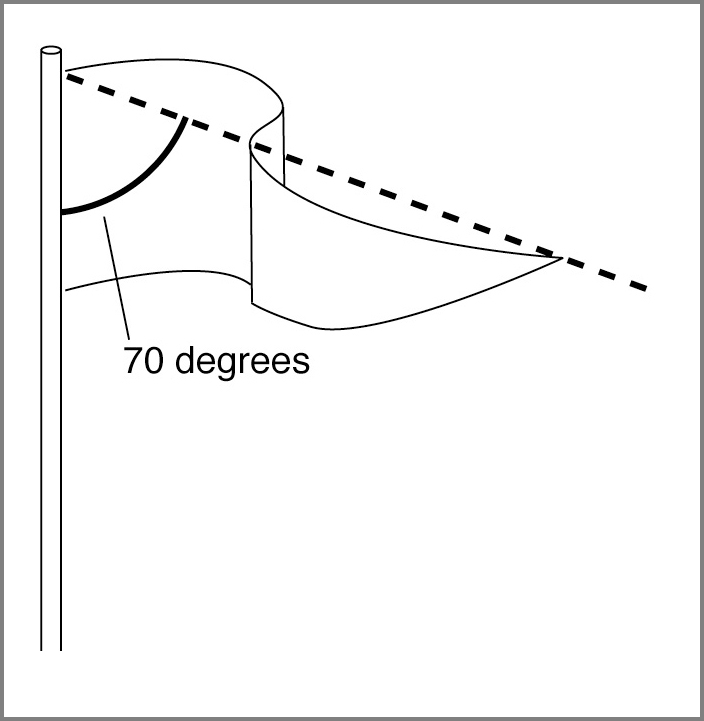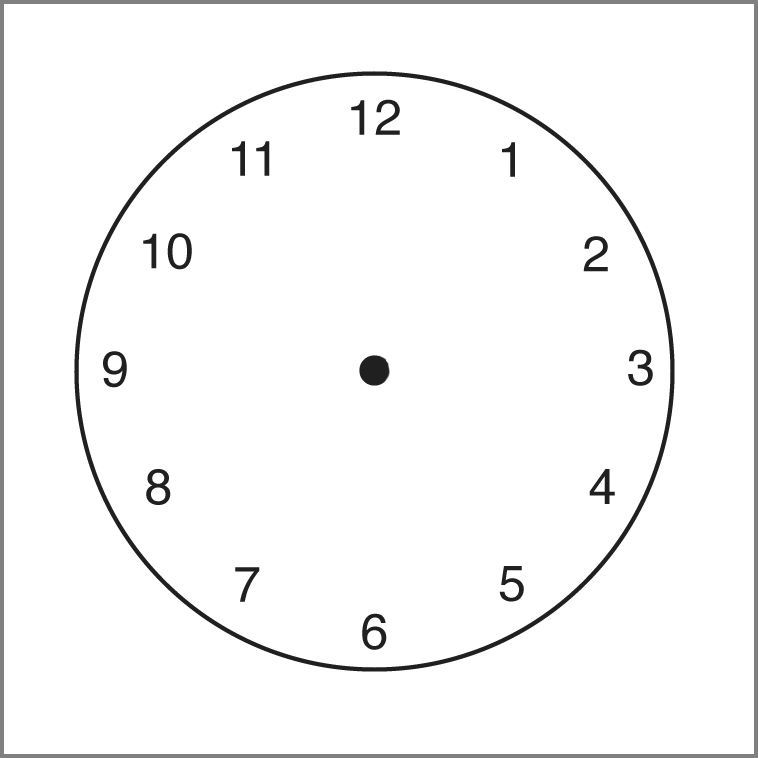Adjusting for wind effect first comes from collecting information. There are two main components and one very important key. These three steps are essential. Keep reading to learn more.
Glen D. Zediker
Learning to shoot well on a windy day involves inputs. A lot of inputs.
Pretty much: wind speed and wind direction are the combining key factors that determine how much sight correction or “hold off” (if you prefer) is needed to get to target center. Speed and direction inputs combine to make a decision on the correction amount. Speed and direction, in tandem, have compounding or offsetting influences on the amount of correction. If either changes, the correction changes.
For instance: if the direction changes and the speed stays the same or the speed changes and the direction stays the same, it’s just more or less correction. But it’s imperative to keep in mind that these are linked.
Most shooting ranges, if construction plans made it reasonably feasible, are set up facing North. That helps. Head- and tail-wind components are less influential than the cross-wind component.
1. Estimate Speed
Being a competitive shooter and, therefore, an admittedly unashamed gamesman, employing some sort of short-cut electronic trickery comes first to mind. A wind meter is the fastest and surest way to get a start on a number. There are very good hand-held meters available, and these range in cost, convenience, and complexity levels. Some provide vauable additional information (such as density altitude), the use of which will be talked on another time.

Visible indicators are simply observations. If it’s a shooting range, and if there are wind flags, look at the angle the wind is standing a flag out to, divide that by 4 and that’s a close approximation of wind speed. Of course, that depends on the flag material, and so on. Wind flags mostly help sense direction.
I know this is a serious cop-out, but experience is really the only teacher. There’s an old-school wind estimation guide first published eons ago that provides some input on guessing wind strength based on environmental clues. Click HERE to download an updated copy of the “Beaufort Scale.”
Stop! The wind doesn’t always blow the same the entire span of the range. Especially in the West, it’s plenty common to see faster or slower velocity areas between the firing line and the targets. Trees, ground clutter, topography, and so on, all create either passages or obstructions to the flow of the wind. Up to 600 yards, wind nearer the shooter should be given more weight; beyond that distance, wind strength nearer the targets is likely to exert disproportionate influence on the bullet. Reason is a matter of bullet velocity at the point of more or less wind impact. To be clear: even if we’re seeing relatively calm conditions at, say 500 yards, but it’s a tad amount gusty up close to the muzzle, early deflection of the bullet compounds to exert a stronger influence the farther the bullet travels.

2. Determine Direction
This should be easy. However! Direction can change just as can speed. It’s not normally going to swap, but rather will vary in fractional shifts. A ticklish wind is a “fishtail” that waffles between 11 and 1 o’clock.

3. Find The Pattern
This may be the most important advice I can give on wind shooting. Wind cycles. Rarely does it blow at a constant and steady rate for very long. Wind cycles every 5-10 minutes. It builds, then peaks, then drops, then as implied, it runs the cycle again. That doesn’t necessarily mean it goes from calm to windy; it goes from windy to windier. But it will change, and most often will do so predictably. Watch the wind for a spell, running a stopwatch, and make notes on what you’re estimating for values at the high and low in the cycle.
At a tournament I want to shoot into a build-up, or, in other words, start my string at the low point in the cycle. And I also want to shoot all my rounds within the timeframe of the cycle! We have 20 minutes at the 600-yard-line, so scheduling can be an important part of strategy for this yard-line.

If you know what amount a 10-mile-per-hour crosswind will (is supposed to) move your bullet at some distance, interpret the initial correction from that. If you guess the wind at 5 mph, take half of it; if the angle is less than full-value, reduce the correction as discussed last time by the fractional value, like half of the estimated amount for a wind that’s moving from 4:30 to 10:30.

None of this is finite. Reading wind is more art than science. Next time I’ll talk about how to put all the inputs to use and keep all your shots on target.
Information in this article was adapted from material in several books published by Glen Zediker and Zediker Publishing. Glen is a card-carrying NRA High Master and earned that classification in NRA High Power Rifle using an AR15 Service Rifle. For more information and articles available for download visit ZedikerPubllishing.com








